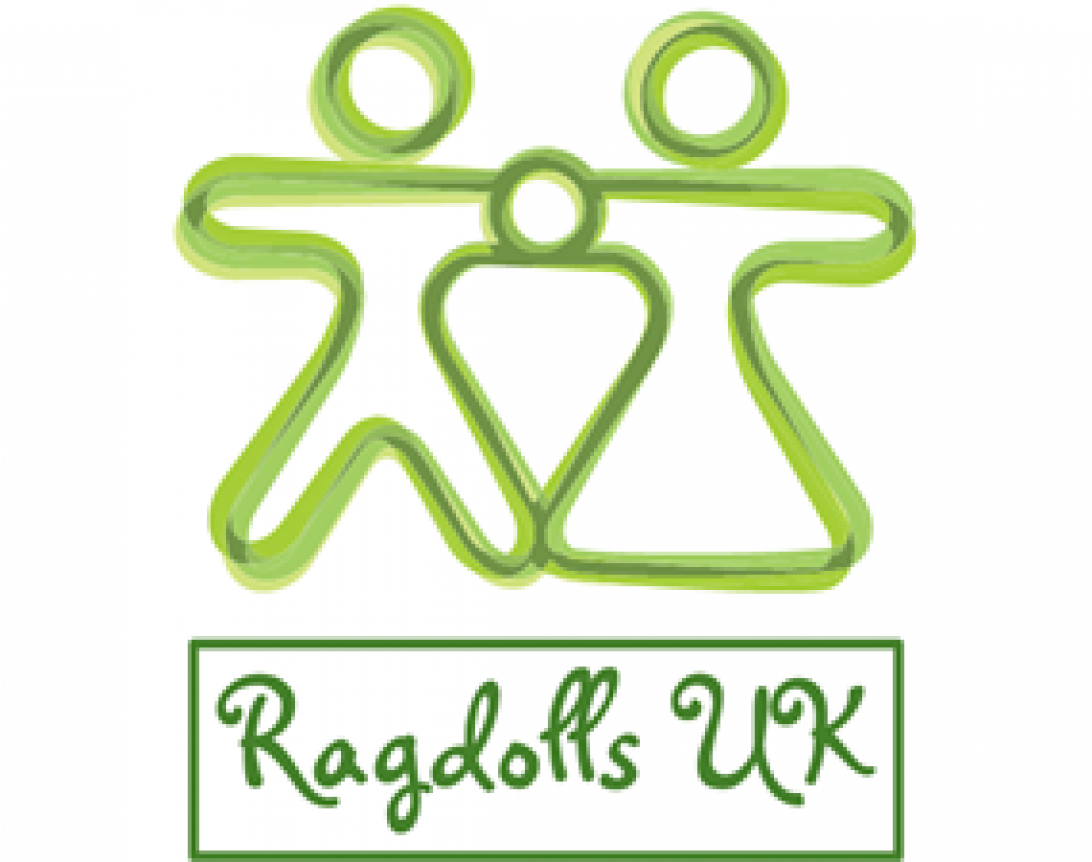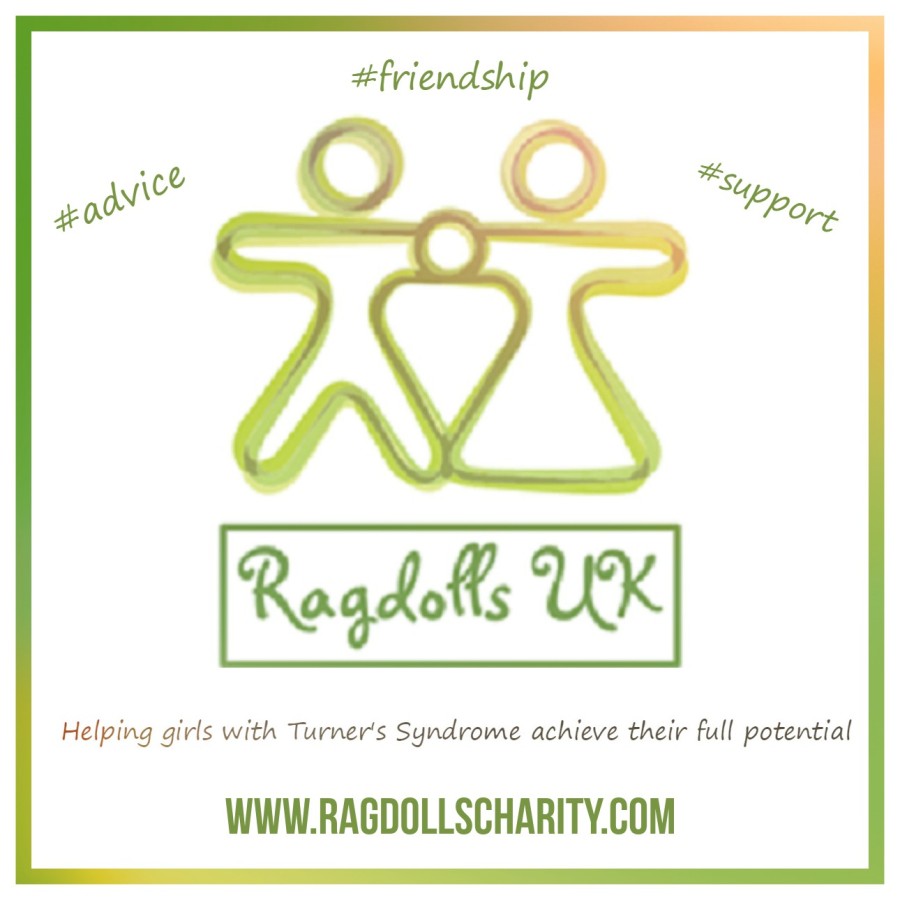I was inspired to write this article as a result of realising that if it were not for a couple of friends who happen to have osteogenesis imperfecta (OI), I would know very little about it. Were it not for the fact that one is more severely affected than the other, I wouldn’t know that there are different types. Unlike a lot of disorders where severity is very much seen in terms of a scale, osteogenesis imperfecta – or brittle bones disease as it is more commonly known – has several very distinct categories, which are detailed very broadly below:
Types of OI
Type 1: Mildest form of OI. Although bones are fragile, fractures are minimal.
Type 2: OI at its most severe. Death as a result of respiratory problems is common and most babies born with Type 2 will not live beyond a few weeks old.
Type 3: The most severe type among those who survive the first few weeks of life. Fracture rates can vary considerably.
Type 4: Those who have Type 4 OI are moderately affected, with the fracture rates being between Type 1 and Type 3 in severity.
Type 5: Another moderate classification.
Type 6: A very rare form of OI.
Type 7: Can resemble Type 4 or Type 2, except that infants will not possess tinted whites of the eye, a round face, or a small head.
Type 8: Characterised by extreme growth deficiency.
What Causes OI?
OI can occur when there is a shortage of collagen, an important protein for bone structure. Alternatively, it might be that OI is caused as a result of collagen being of poor quality.
Given that OI is far from straightforward, it is unsurprising that many myths surround the condition. Here are some of the most common ones:
Myth 1: OI just affects bones
Although bone fractures are a prevalent feature of the condition, problems that can be experienced are not limited to this. The following can also occur, although this list is not exhaustive;
-
Hearing loss
-
Short stature
-
Loose joints
-
Breathing difficulties
-
Tinted whites of the eye
-
Fatigue
-
Brittle teeth
It is important to note that people who have OI will not necessarily experience all of these things, and effects of the condition vary from person to person.
Myth 2: OI is something children grow out of
This is completely untrue. It’s genetic disorder that lasts the entirety of a person’s lifetime. There is NO cure.
Myth 3: All people who have OI are wheelchair users
There is no denying that some are, but this is not true for all those who have OI. Whether someone uses a wheelchair will depend entirely on the severity of their OI, which is dictated by which type they have.
Myth 4: Fractures as a result of OI are easily distinguished form those caused by child abuse
Unfortunately this is untrue. Not only does this mean that OI has to be diagnosed by doctors with knowledge of the condition, but people should do their best not to jump to conclusions with regards to the cause of an injury.
Myth 5: People have OI cannot live independent lives
People who have OI can, and do, live independent lives. Part of this involves having body autonomy – something I’ve been asked to mention by someone who has the condition. By that I mean that people who have OI have the right to say what works for them in terms of making their lives easier without being made to feel guilty about it or as if they are an inconvenience. If they want to undertake a task independently, for example, the person who offered help should not feel offended.
How is OI diagnosed and treated?
OI is a clinical diagnosis for which there is not a conclusive test. Therefore x rays are used, as well as bone density scans for patients weighing over 10kg. As for treatment, bisphosphonates – medicines that prevent the loss of bone mass – are commonly used. Although some patients never need to use that medication, Vitamin D supplements are recommended as this vitamin is essential for absorbing calcium and consequently is responsible for creating healthy bones.
Prognosis
Life expectancy depends on the severity of the OI experienced by the individual. However with treatment and adaptations people who have OI can live normal lives, albeit more complex ones as a consequence of the condition.
If you would like to discuss more or would like check out more on our work with children with genetic disorders click HERE.


